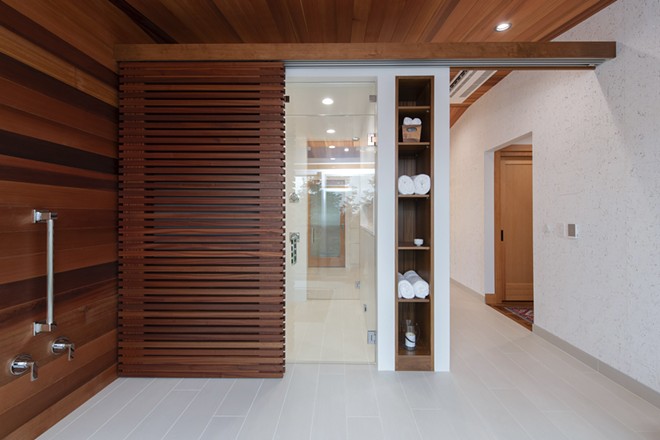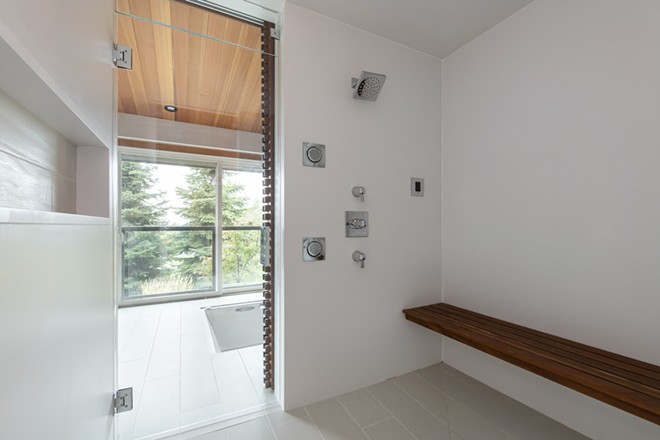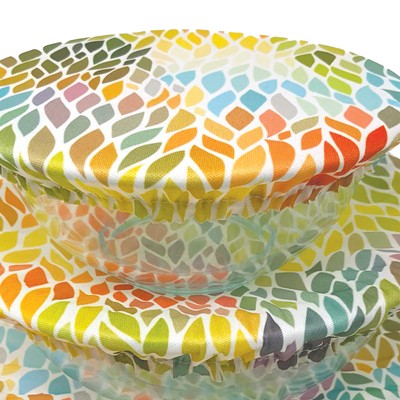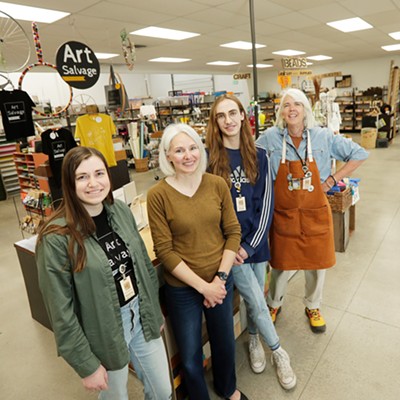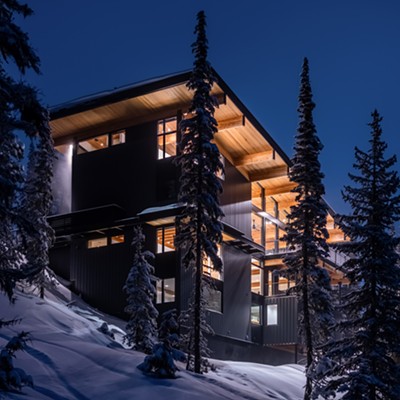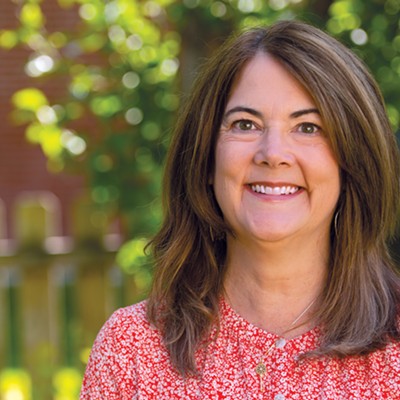In a time when cost-pressures on home design are immense, Spokane designer Sarah McGovern of Milieu is working to help clients consider not just sustainable, but also restorative design ideas.
"Sustainable is the point where we cross the 'do no evil sort of thing,'" she says. With restorative design, "Now we're doing good. And it isn't just good for people. It's good for the environment."
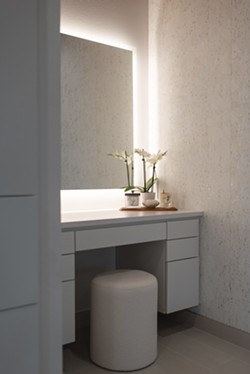
While sustainable design is considered better for the environment, restorative design is broader. It takes into consideration three pillars: the human element, in which design should be nurturing and supportive; the built environment, in which design should be enduring, pleasing and functional; and the outer environment, in which design should produce a positive impact.
Clearly, those are lofty goals. And, when it comes time to evaluate the budget, sustainable design is expensive; restorative design is often even more expensive. So McGovern tries to keep those values in mind while living and working in a practical world.
For a recent spa bathroom, the clients requested a space that was multiuse, flexible for a family to enjoy over many years, and one that honored as many sustainable, restorative practices as the budget would permit.
The finished design incorporates several zones: a step-down jetted tub, a steam shower, a sink area, a toilet and a make-up vanity. As a restorative addition to the home, it offers space to relax and recharge as well as to get ready to go out into the world.

"The goal was to (for the family to) be able to use the spa bath at the same time," McGovern says. "So each space in the area is designed to offer privacy. For the tub, there's a sliding door, and the shower and the toilet room is each closed off. So you can technically have four people in the bathroom at the same time." But the doors to the toilet area and shower are also easily removable to allow future use of a wheelchair or walker, and to offer space for a caregiver to assist if needed.
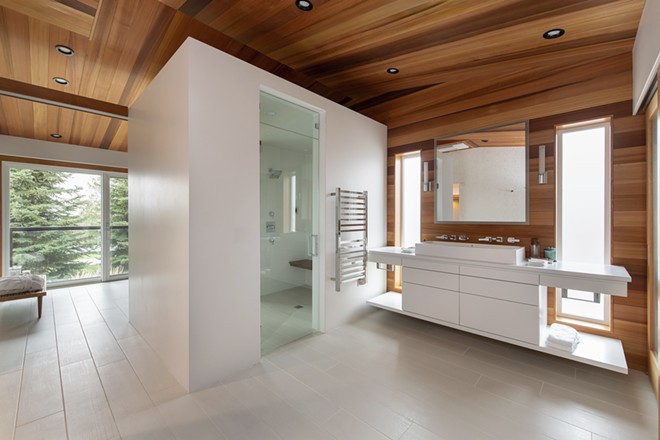
The jetted tub can function as an indoor tub, or by sliding open a series of sliding doors to the Juliet balcony, offer the soothing outdoor ambiance of an outdoor hot tub. Hidden in the tub's plumbing are key elements: self-drying, smooth-surface hoses. The hoses are designed to prevent a common complaint about older jetted tubs – the appearance of slimy black stuff in the water if the tub's not used regularly, an issue that's led many homeowners to rip out jetted tubs, a sad waste of resources. The step-down styling of the tub makes it easier to enter, while solar panels offer a sustainable heat source for the water.
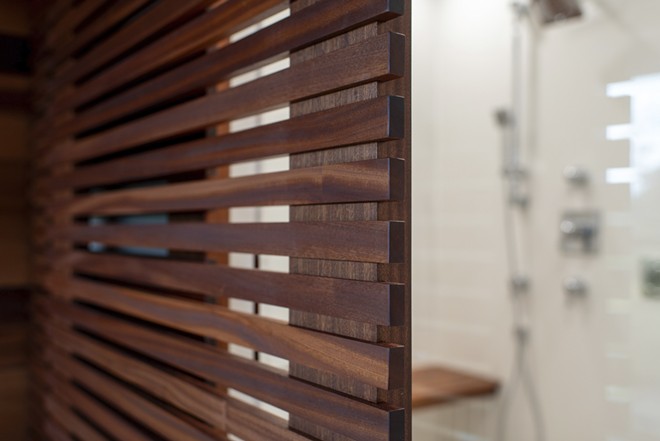
The shower includes two shower heads, four body sprays, a handheld shower and a steam emitter, all designed to promote relaxation and rejuvenation. "There's a reclaimed teak bench that's both a sustainable natural renewable material, but also universal design," says McGovern, noting it also offers comfort. "When you're in the steam you don't want to just stand there, right? You want to relax."
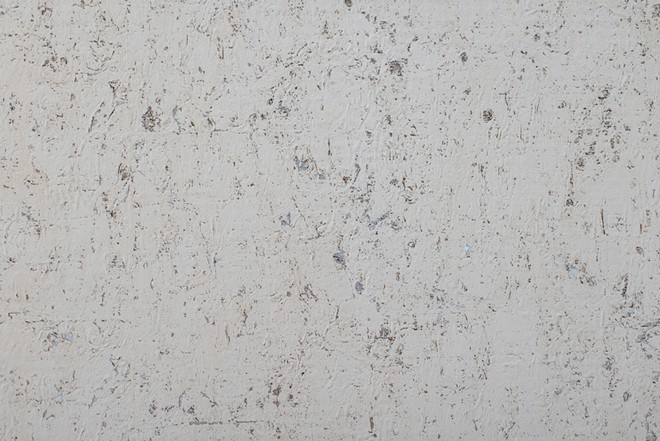
McGovern also notes the "quiet and natural color palette" with the reflective white walls contrasting with natural wood tones. The cedar on the walls and ceiling adds warmth to the space. It's an engineered product, created by slicing very thin layers of the expensive clear cedar and applying it on less expensive, durable substrates. The white cork wallcovering adds texture and also offers sound absorption, and it's created from a readily renewable resource.
Suffusing the space with natural light is important for mental well-being, but there's also plenty of additional lighting. "We have multiple layers of artificial lighting that puts light where you need it in order to feel good about yourself," McGovern says.
The Light Fantastic
Late afternoon sunlight is filtering into McGovern's downtown Spokane studio as she explains one of the key human elements of restorative design: being in tune with the natural world. "We are designed to respond to nature. And nature has some pretty specific ways that it influences us," she says.
One of the most important influences is natural light. "In the morning, it's a certain color and angle. At noon, it's much higher, direct and white light. And then in the evening, it's a warmer light. Right? So natural light is the best for us – for our circadian rhythms, our sleep cycles, blood pressure, hormones, all of these things."
Even if natural light isn't available, McGovern says lighting that mimics natural light – adjusting throughout the day – is readily available. There are actually light bulbs that can "dim to warm," recreating the golden glow of early morning and late afternoon sunshine. Why is that important? Simply using a dimmer to reduce power to a light may lower the light output, but not in an agreeable way. "All you're getting is this dismal, depressing low light," McGovern says. "Dim to warm" bulbs produce that soft warm glow that we intuitively associate with the beginning and end of the day.
Another element of artificial light is its color rendering index, or CRI.
"We want to mimic the full spectrum of light from the sun," McGovern says. But often although the total output of a bulb may combine to create what's termed "white light" or "warm light," chunks of the spectrum may actually be missing. It may sound complex, but you instinctively respond to lighting with what McGovern terms "low color acuity" when you see it. "That's when you go into the bathroom, and you're like, 'Oh my God why do I look so horrible or exhausted?'"
The CRI runs from 1 to 100, with 100 being optimal. Check the bulb's box for info; McGovern says anything above 90 is considered good. And she says shopping for bulbs specifically labeled "flicker free" is well worth the effort.
— ANNE McGREGOR
Window Treatment
Windows are one place McGovern recommends doing the very best your budget permits. A high-quality window offers not only healthy and eco-friendly natural light but also is key to limiting heat loss and heat gain. She recommends choosing fiberglass windows over wood-clad or vinyl.
When the glass is next to a material with different expansion and contraction properties, the seal between the glass and the framing can fail, which generally requires replacing the whole window.
But "fiberglass is glass, so the frame and the glazing are the same material. The coefficient of expansion and contraction is the same," says McGovern. That's why fiberglass windows often outlast vinyl and even wood-clad options.
And if it's time for a new look, McGovern says fiberglass can be painted.
— ANNE McGREGOR

